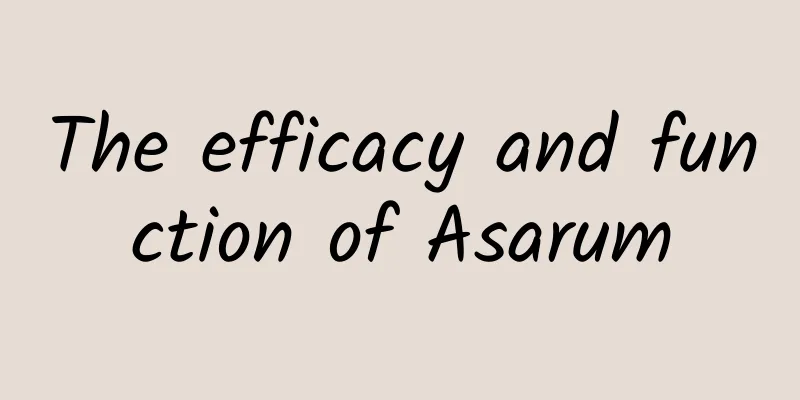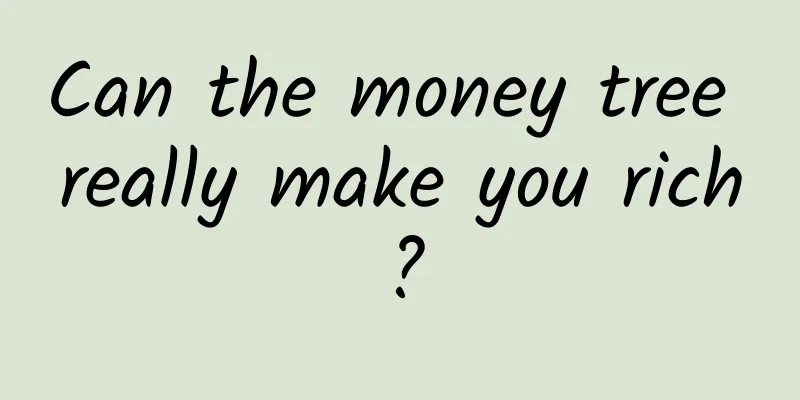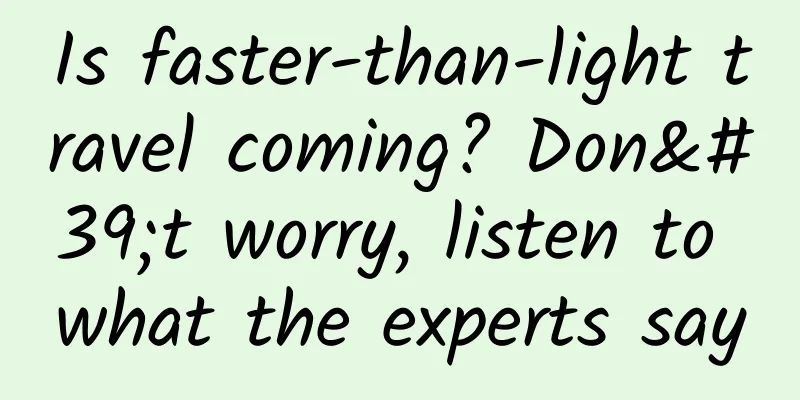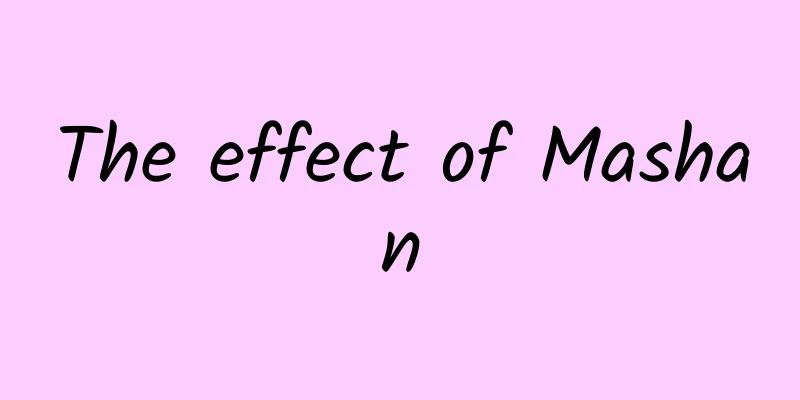Indian e-commerce market report 2022-2030
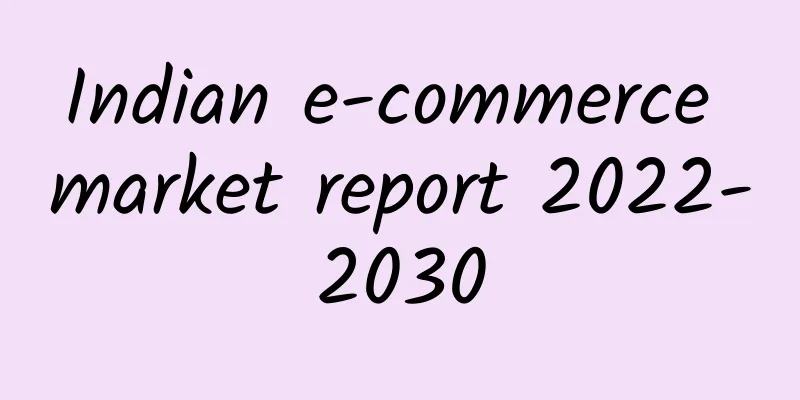
|
By 2030, the number of Internet users in India is expected to reach 1.3 billion, Internet coverage will reach 61%, and the Internet user growth rate will reach 44% from 2022 to 2030. At the same time, Indian Internet users spend an average of 4.7 hours a day on mobile devices, and a total of 305 million consumers participate in online shopping. 1. Overview of India’s e-commerce market It is estimated that by 2030, the size of India's e-commerce market will reach US$400 billion, with a compound annual growth rate of 19% from 2022 to 2030. Fashion apparel will become one of the categories with the most considerable profit margins, and beauty and personal care products will become one of the fastest growing categories. In 2022, the size of India's D2C market was US$55 billion, and it is expected that by 2030, the market size will exceed US$300 billion, entering the next important stage of development. The following figure shows the major players in the Indian e-commerce market: At the same time, venture capital is increasingly favoring India's e-commerce startup market, with capital inflows outpacing those in China. From 2014 to the third quarter of 2022, India's e-commerce market received a total of $30 billion in investment. The compound annual growth rate of venture capital investment from 2016 to 2021 reached 60%. 2021 was also the craziest year for "money-making" in India's e-commerce market. The capital market was very optimistic about the development potential of its D2C market, and a total of US$11 billion in venture capital was injected that year. However, since the beginning of this year, the overall investment scale of the Indian e-commerce market has been shrinking. In the first half of this year, the Indian e-commerce market received a total of US$3.5 billion in investment. From the third quarter of 2021 to the third quarter of 2022, the financing situation in the Indian e-commerce market experienced a sharp decline, which severely impacted the healthy development of the local e-commerce ecosystem and the industry ushered in a "financing winter." 2. Sales situation of Indian e-commerce market during peak season In 2022, the Indian e-commerce market's holiday peak season sales totaled $5.2 billion. From 2018 to 2022, the holiday online sales GMV in this market increased year by year, with a compound annual growth rate of 29%. About 65% of consumers surveyed believe that even the market-leading shopping platforms provide an unsatisfactory shopping experience. Shockingly, none of India's mainstream e-commerce trading platforms scored more than 5 points (out of 10) in the 2022 online holiday sales. Among them, Tata Neu's mobile user experience is relatively outstanding. During the holiday sales period, Tata Neu and Jiomart outperformed Amazon India, Meesho and Flipkart in logistics scores. During the holiday sales period, no mainstream e-commerce company in the Indian e-commerce market was able to provide high-quality customer service. Even if Tata Neu received the highest score, it was only below 3 points (out of a total of 10 points). In the survey on attitudes towards Indian D2C beauty and personal care brands, the following is a comparison of the responses of female and male consumers to the above questions: • Satisfaction with current products: 88% vs 82% • Intention for discounts: 83% vs 44% • Expressed dissatisfaction with current products in the market: 10% vs. 17% • Believe that the consumer experience still needs to be improved: 28% VS 22% In a survey of Indian female consumer intentions, 88% of consumers expressed satisfaction with the overall product quality of Indian D2C beauty and personal care brands. It is worth noting that in the survey of Indian male consumer intentions, Indian D2C brands have also won their "hearts", with 82% of consumers expressing satisfaction with the quality of men's grooming products developed by D2C brands. 3. Competition in the Indian e-commerce market In the competition in the Indian e-commerce market, Amazon India's annual sales growth rate in fiscal 2022 exceeded that of Flipkart. In fiscal year 2022, Amazon India's annual sales were US$2.7 billion and its annual expenditure was approximately US$3.2 billion; Flipkart's annual sales were US$6.4 billion and its annual expenditure was approximately US$6.8 billion. In fiscal year 2022, Urban Ladder's annual sales were US$28 million; Pepperfry's annual sales were US$32 million. Source: Indian Curry Sauce |
<<: China Tourism Academy: 2022 China Tourism Group Development Report
Recommend
How much is the dosage of Taizishen
I believe many people have eaten the herb Pseudos...
Feeding groundhogs has become a trend, but experts warn against it! This cute groundhog is the source of the Black Death
The Ningxia Hui Autonomous Region Health Commissi...
Using mosquitoes to fight mosquitoes, Brazil will build the world's largest mosquito factory, with an annual output of 5 billion mosquitoes
Summer is almost here, and along with sunshine, b...
What is the medicinal value of black sesame?
Black sesame is a common food that everyone has. ...
The efficacy and function of Penglai grass
Herba Penglaiae is a famous traditional and commo...
Congratulations! New members of the two academies
On the 18th, the Chinese Academy of Sciences and ...
Popular Science | How come there are different colored corn kernels on the cob?
Have you noticed that most corn cobs sold in the ...
Young stroke, how far are we from it?
Author: He Yanbo, deputy chief physician of Beiji...
The efficacy and function of small algae
Traditional Chinese medicine is a Chinese traditi...
Important reminder! Clear immediately when you see it!
"This grass is called ragweed. It is an inva...
14 kinds of horrible and weird therapies, guess what diseases they are treating?
Modern medicine has come a long way from leeches ...
How long should I take Chinese medicine before I stop?
There are many ways to treat diseases. Western me...
The efficacy and function of Camellia chrysantha
Traditional Chinese medicine is a Chinese traditi...
Bug alert! The bugs that have been hiding for the winter are coming out!!!
Audit expert: Li Weiyang Well-known science write...
